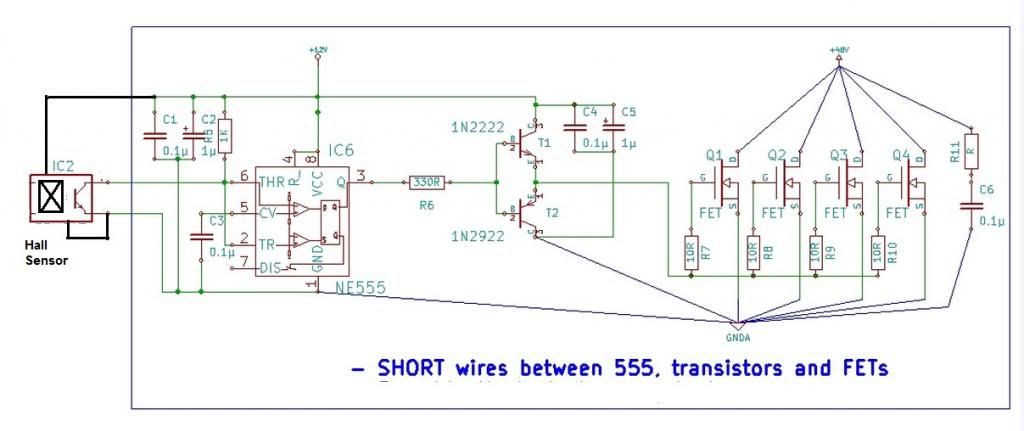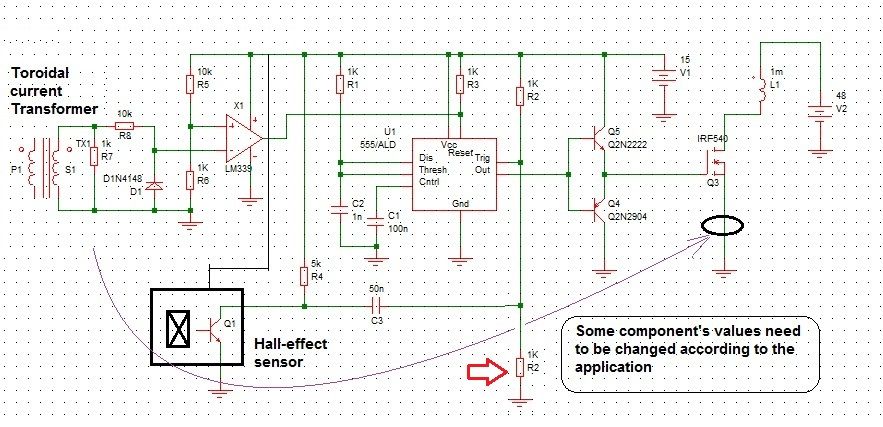Great.
Thanks Lester, that would be great, i would like to control the time-on to the stators on MAG3-SB (scratch build) by altering the metal vane, something that is completely tangible for me.
I think the hall sensor will be able to handle the required RPM, they are used in automotive for 6 and 8 cyl up to around 6000 RPM.
Thanks Mate, Cornboy.
Originally posted by Lester444
View Post
Thanks Lester, that would be great, i would like to control the time-on to the stators on MAG3-SB (scratch build) by altering the metal vane, something that is completely tangible for me.
I think the hall sensor will be able to handle the required RPM, they are used in automotive for 6 and 8 cyl up to around 6000 RPM.
Thanks Mate, Cornboy.


 ?
?




Comment